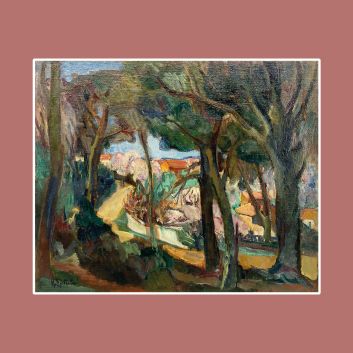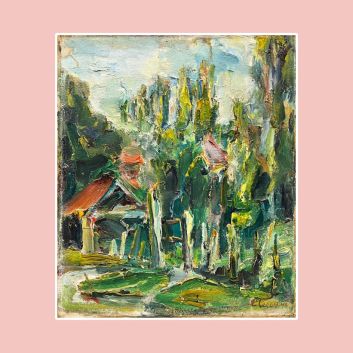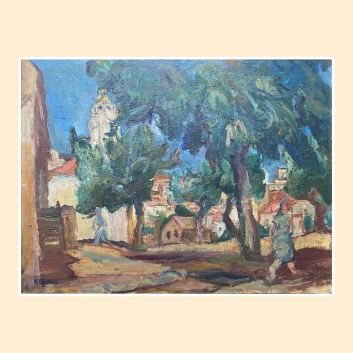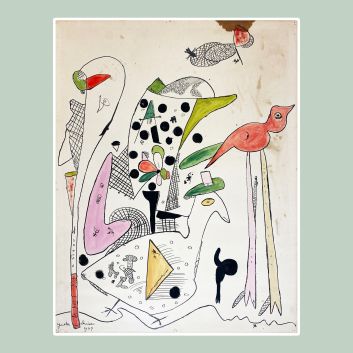Rating and value of works, paintings, drawings by Vincent Van Gogh
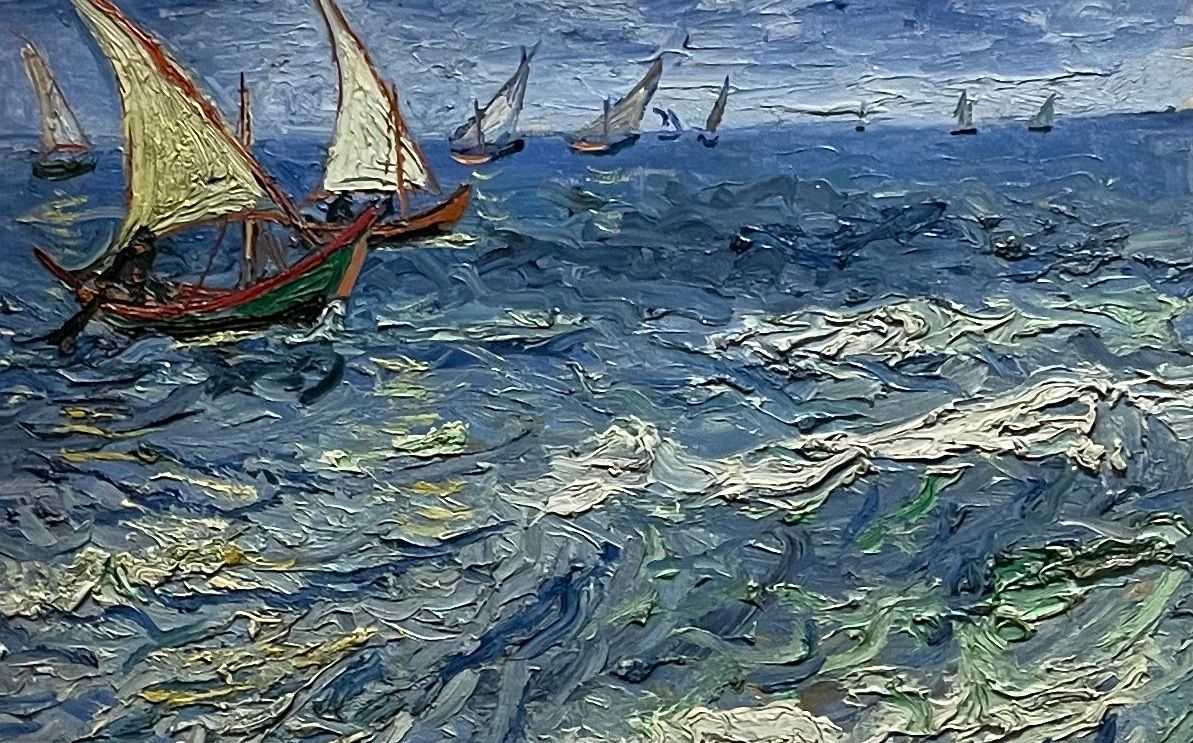
If you own a work by or about Vincent Van Gogh and would like to know its value, our state-approved experts and auctioneers will be happy to offer you their expert appraisal services.
Our specialists will carry out a free appraisal of your work, and provide you with a precise estimate of its current market value.
Then, if you want to sell your work, we'll point you in the right direction to get the best possible price for it.
Cote et valeur de l'artiste Vincent Van Gogh
Considered one of the Netherlands' most famous artists, Van Gogh left behind an artistic identity of his own. This legacy consists mainly of drawings and paintings.
Today, the prices of his works are skyrocketing under auctioneers' gavels, and his stock is on the rise.
His canvases and other works are particularly prized, especially by American and English buyers, and the prices at which they sell on the art market range from €10 to €101,719,000, a considerable delta but one that speaks volumes about the value that can be attributed to Van Vogh's works.
In 2022, an oil on canvas entitled Orchard with Cypresses, dating from 1888, sold for €101,719,000, a world record for the artist.
Order of value from a simple work to the most prestigious
Technique used | Results |
|---|---|
From €10 to €315,000 | |
Drawing - watercolor | From €29,880 to €27,069,000 |
Oil on canvas | From €150 to €101,719,000 |
Response in less than 24h
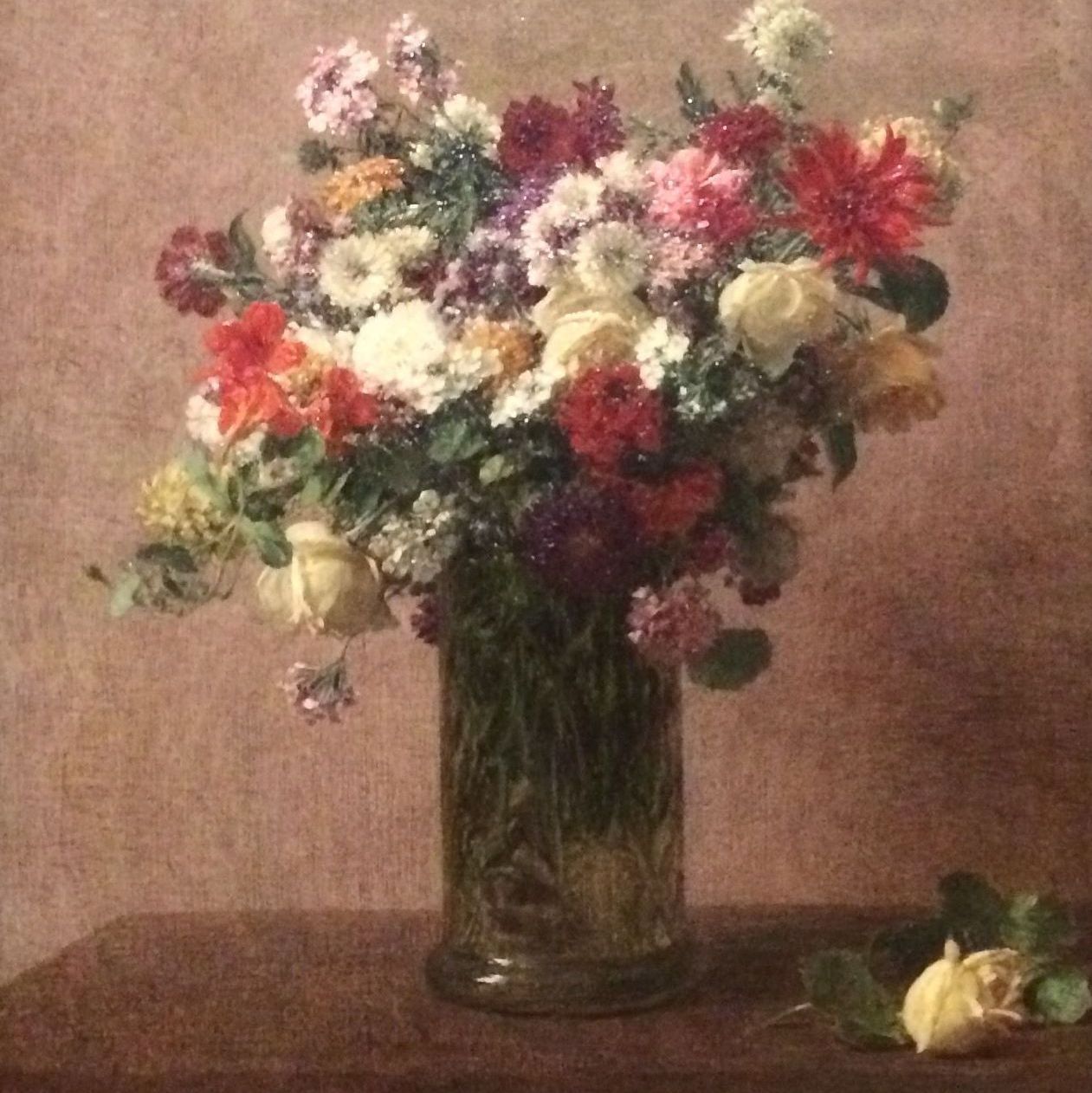
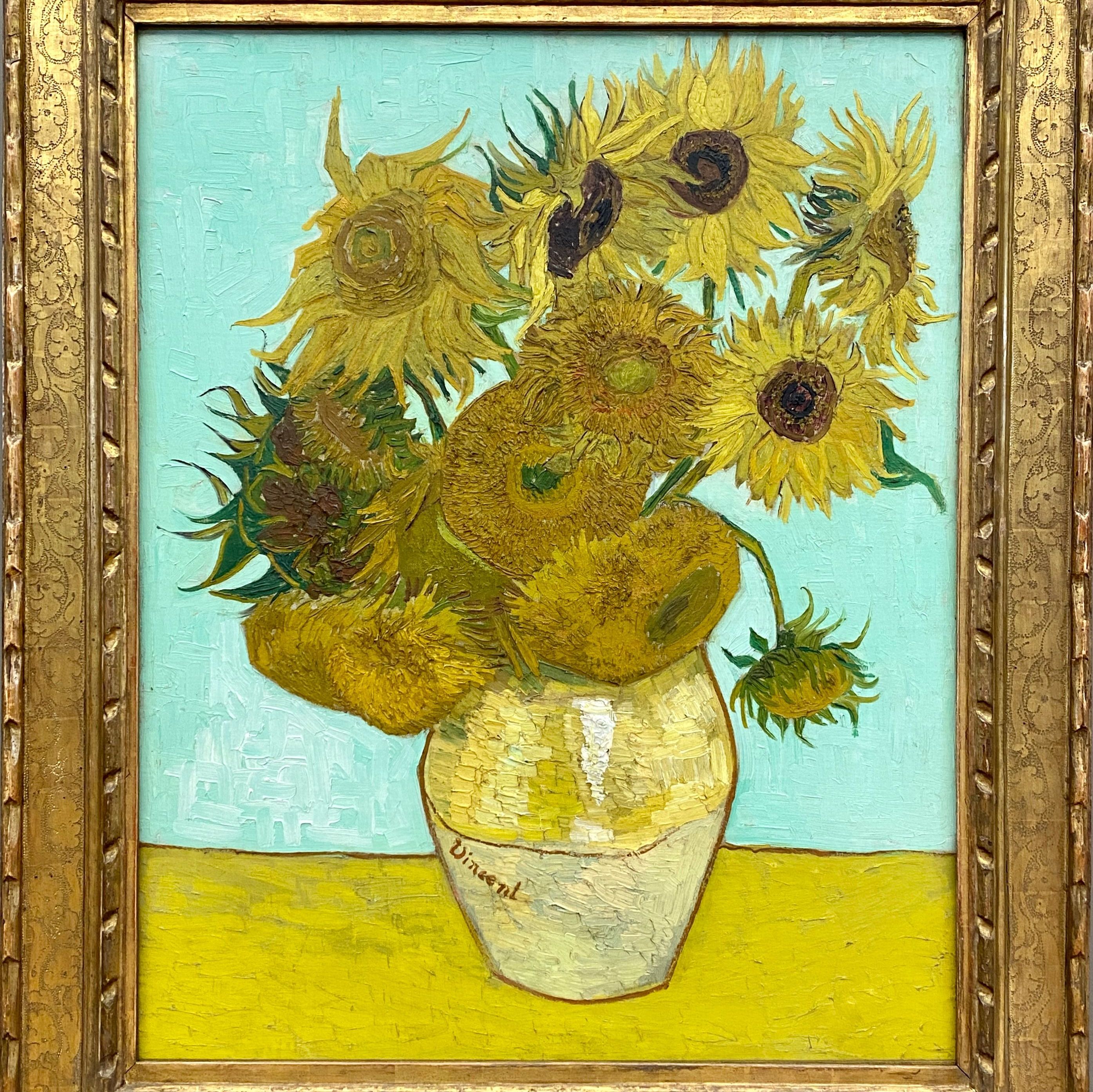
Style and technique of the artist Vincent Van Gogh
Vincent Van Gogh's work spans several movements, but remains predominantly influenced by naturalism.
Naturally, there are Impressionist and Pointillist influences, and Fauvist characteristics can be discerned in the use of color and the treatment of form.
Vincent Van Gogh, genius between torture and incomprehension
Vincent Van Gogh (1853-1840) was a Dutch painter who had a lasting impact on twentieth-century art worldwide, and influenced many artists after him.
His father was a clergyman and raised him severely. Like Salvador Dali, he was named after his older brother, who was stillborn. He had a younger brother, Théo, who was to play an important role in his life and work.
His uncle founded the Goupil art gallery, giving him an early start in the art world. He worked for his uncle in The Hague, Brussels and London.
By this time, he was already very sensitive, and his failures in love were very hard on him. He stopped working for his uncle and became a schoolteacher in London.
At once mystical and spiritual, he turned to religion, totally lost. Painting was his final outlet.
He studied Jean-François Millet's work extensively, and found in it new pictorial techniques from which he drew inspiration. He went on to study Dutch realism, and was inspired by Rubens.
He didn't like learning to paint in a school, and soon decided to join his brother in Paris. There, he rubbed shoulders with Pissarro, Gauguin, Signac and the whole group of Parisian artists who were to revolutionize painting.
He works at the Cormon studio, where he meets Toulouse-Lautrec and Émile Bernard.
He researched color and form, and studied Japanese prints. In the 1880s, his canvases became more colorful and softened. This artistic stability was short-lived: bored with Paris, he moved to Arles.
His view of nature and the light to bring to the canvas changed. It was in Arles that his series of flowers were born. Once again, stability was short-lived, and he begged Gauguin to come and join him.
They quarrel violently and he cuts off his ear. He was admitted to an asylum, where he died a few months later, poor, depressed and disturbed. He was never aware of his contribution to painting or his success.
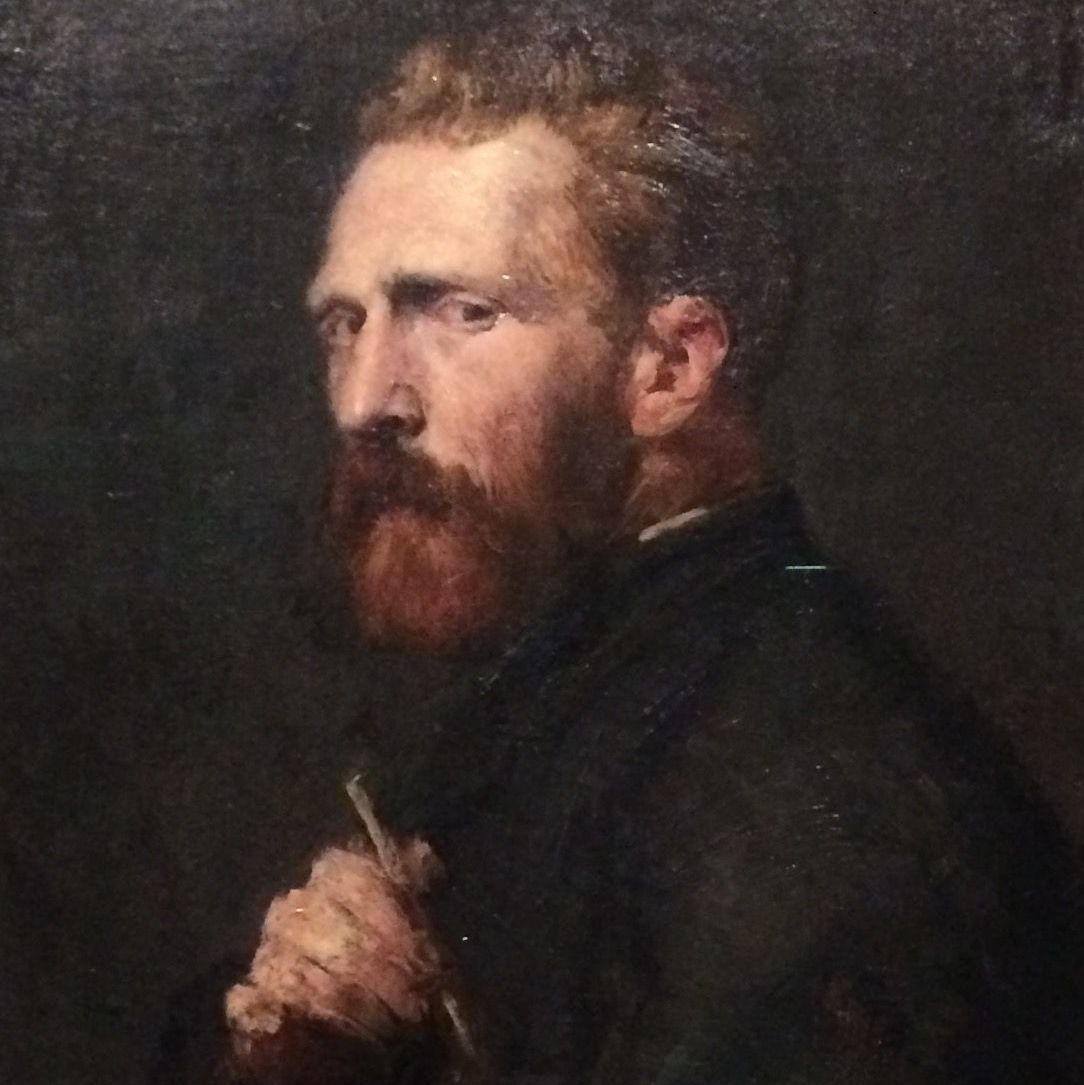
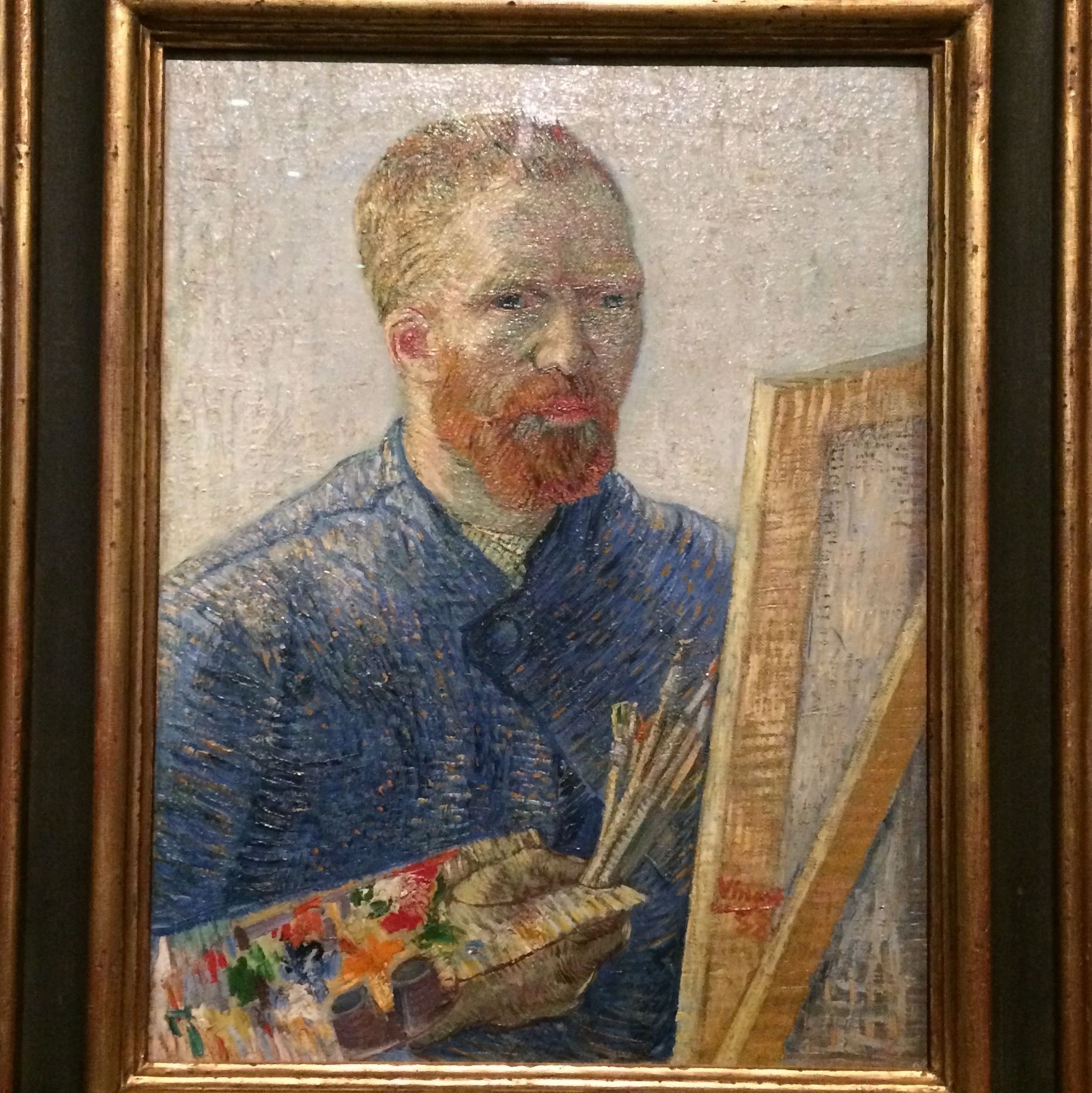
Focus on Van Gogh's marine painting on the cover
In this painting, Vincent van Gogh plunges us into the heart of a rough sea, with his tormented brushstrokes and inimitable sense of texture. Probably inspired by his sojourns on the Mediterranean coast, the work captures the full force and vivacity of the waves.
Thick brushstrokes of blue and green, juxtaposed with bursts of creamy white, capture the incessant movement of the water, its swirls and luminosity, in perpetual change beneath the tumultuous sky.
The small but sturdy sailboats seem almost lost in this liquid immensity, but the intensity of the boats' colors, with their white sails and red and green hulls, anchors them firmly in the composition.
The artist plays on a strong contrast between the merciless power of the sea and the tenacity of the fishermen, symbols of the daily struggle against natural forces.
Van Gogh, as usual, uses vibrant, expressive brushstrokes, lending raw emotion to the scene: the sea becomes more than a landscape, it's a character in its own right, untameable and fascinating.
The sky, meanwhile, is depicted with equal intensity, the shades of blue almost merging with those of the sea, creating a dynamic unity where the horizon dissolves.
Here, Van Gogh expresses not only the wild beauty of nature, but also the restlessness, energy and power that emanate from this marine world.
This painting reflects his deep respect for the power of the elements, while highlighting his genius for making visible what often escapes the eye: the emotion hidden in the movement of the waves and the light glinting off the water.
Van Gogh's imprint on his time
Van Gogh left his mark on his era through the innovation he brought to painting. On every level (pictorial treatment, form, color), he was constantly innovating, unaware of his genius or talent.
The world will remember the technical contribution he made to art. Van Gogh has his own museum in Amsterdam, and many of the world's capitals have already devoted exhibitions and retrospectives to him.
At auction, his works are a hit every time they are presented, reaching unprecedented records until 2022, when the last world record was set for the artist.
Van Gogh's last canvas
Colorimetry in Van Gogh
Vincent van Gogh's Sunflowers are undoubtedly among the artist's most emblematic works, in which colorimetry plays a fundamental role in expressing emotion and vitality.
In this series of paintings, Van Gogh explores a restrained but intensely vibrant palette, dominated by bright yellows and golden ochres that flood the composition with an almost solar light.
This choice of color is not only a naturalist's desire to represent the flower, but also a deeper quest to capture the very essence of life through color.
The omnipresent yellow seems to radiate from within the flowers, symbolizing light, energy and a certain feeling of warmth.
Each petal and stem is streaked with subtle shades of yellow: from pale lemon yellows to earthier ochres, contrasted by touches of brown or olive green for the flower stems and hearts.
Van Gogh, with his vigorous brushwork, manages to give these colors an intensity that seems to overflow the canvas, creating an almost palpable sensation of summer heat.
The thick texture of the paint, applied in generous layers, further accentuates the visual impact of this limited palette.
The backgrounds, often pale blue or soft green, serve as a soothing counterpoint to the bright yellow of the flowers.
This subtle contrast highlights the vitality of the sunflowers, while giving the whole a chromatic harmony in which yellow dominates, but never overwhelms the other shades.
In this series, Van Gogh found a way to make the colors sing, one against the other, to create a unique visual melody.
Through this monochromatic exploration, Sunflowers become much more than floral representations: they embody light, life and the cyclical nature of existence.
Van Gogh's use of color in this work transcends simple observation to achieve unparalleled emotional and symbolic depth.
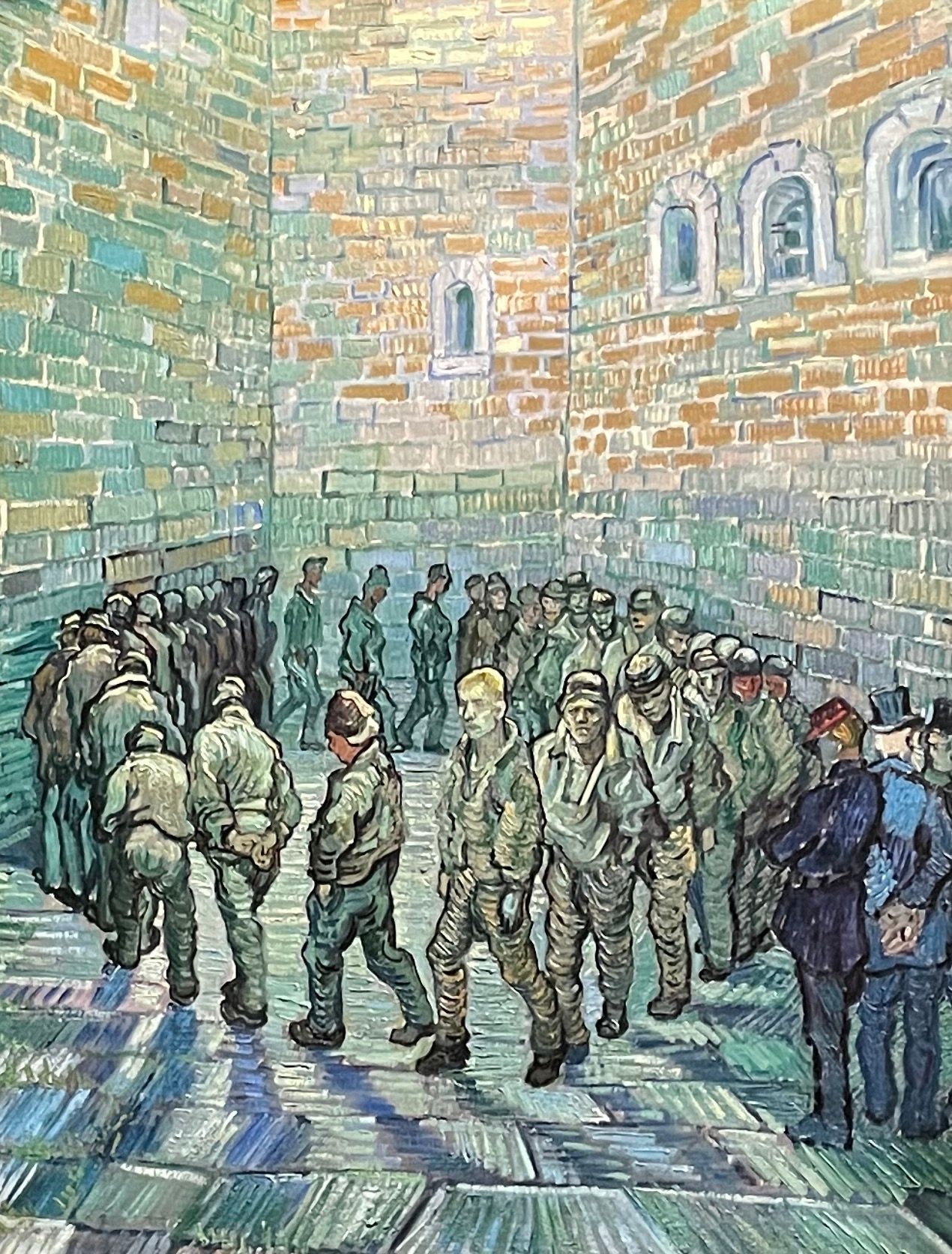
Recognizing the artist's signature
Van Gogh sometimes signs his works, usually at the bottom of the painting, in a color that contrasts with the background. However, there are many copies, so expertise is essential.

Knowing the value of a work
If you happen to own a work by or after Van Gogh, don't hesitate to request a free appraisal using the form on our website.
A member of our team of experts and certified auctioneers will contact you promptly to provide you with an estimate of the market value of your work, as well as any relevant information about it.
If you're thinking of selling your work of art, our specialists will also be on hand to help you find alternatives for selling it at the best possible price, taking market trends into account.
Response in less than 24h
Related topics
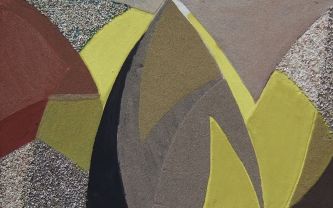
Rating and value of works, collages, paintings by Alfred Re...
Alfred Reth was an Austro-Hungarian painter of the École de Paris. His collages, paintings and drawings are sought-after at auction.
Read more >
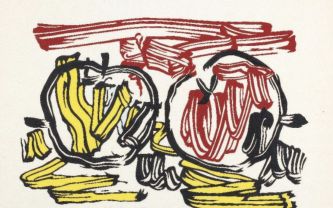
Rating and value of works, prints and paintings by Roy Licht...
Roy Lichtenstein is a major artist of the 20th-century Pop Art movement. His prints and oils on canvas are highly prized at auction.
Read more >
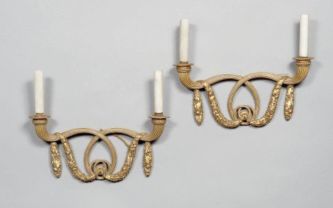
Rating and value of drawings, furniture and armchairs by Paul Iribe
Paul Iribe was an Art Deco designer and decorator. He produced works that are highly valued and quoted.
Read more >
Secure site, anonymity preserved
State-approved auctioneer and expert
Free, certified estimates
